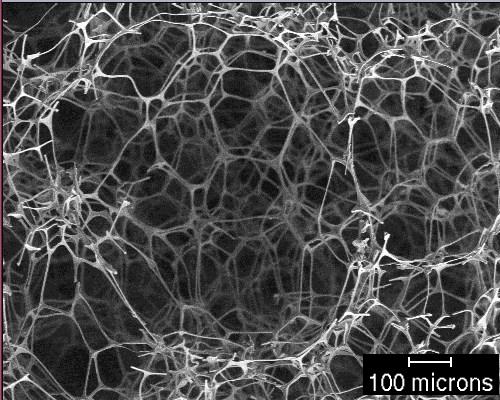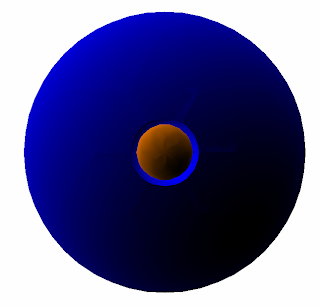
I saw blogging as basically a way to talk to yourself online. I suppose it says something of my personality that I decided to do just that, but talking to myself online has made an extraordinary change in how I see the science community. The online science community is truly an active, vibrant, and interesting thing to be apart of, and although I began this blog to talk to myself I've had a lot of great interaction along the way.
Specifically over the last 2 months traffic on my blog has spiked more than I would have ever imagined. This has lead to ever more great interactions with some really great people. It has also made me realize one saddening fact:
We aren't doing as much science outreach as we think we are. . .In fact we're not doing much at all. The greatest spikes in my traffic have come from interaction with other science bloggers - a mention on another website, a few links on Reddit, or a guest blog for a professional science site.
To me this means that most of the people reading my blog (and other science blogs) are already interested in science. They've already accepted its awesomeness and don't need further convincing. And yet, that's the content that gets promoted the most - content about why science is awesome and why you should accept it. So while I (and other science writers) spend time writing content aimed at those that have serious doubts or questions about science, that content is being devoured by an audience who just craves more and more science. In this way my science outreach attempts are actually just science inreach.
So how do we change this? One answer would be to write a guest post for a non-science blog. For example a food blog might be the perfect place to write about the Maillard reaction. Using this approach, the goal would be to tie in science to something that people are already passionate. It may be more difficult to write for an audience unfamiliar with your field, but that's sort of the point, right? Maybe we (science writers/bloggers) should even make a contest out of this - who can publish a science related guest post on a non-science website in the most creative way.
Of course if I write a guest post for a food blog I'm probably not going to see a huge spike in my blog traffic. This may be why so few truly do science outreach - science inreach brings successful posts much more easily. Your audience is already prepared and ready for what you have to say. The online science community is a safe harbor where we can share ideas and pat each other on the back for a well written post. Even if there are criticisms they're handed out in kindness. Leave the harbor, though, and your audience may not be as accepting of your opinion. An argument that works well among the science minded (i.e. "But everything is a chemical!") may not work as well. Excuse the tautology, but there is much more resistance to science among those that resist science. So, instead of truly reaching out we continue to write for the same audience (often, ironically, about the importance of science outreach)
In saying all of this I don't mean to discount the extraordinary work that many are doing. True science outreach does happen, and there are many that spend countless hours working - often without compensation - to develop a scientifically literate society. However, we can (and should) be doing more.























